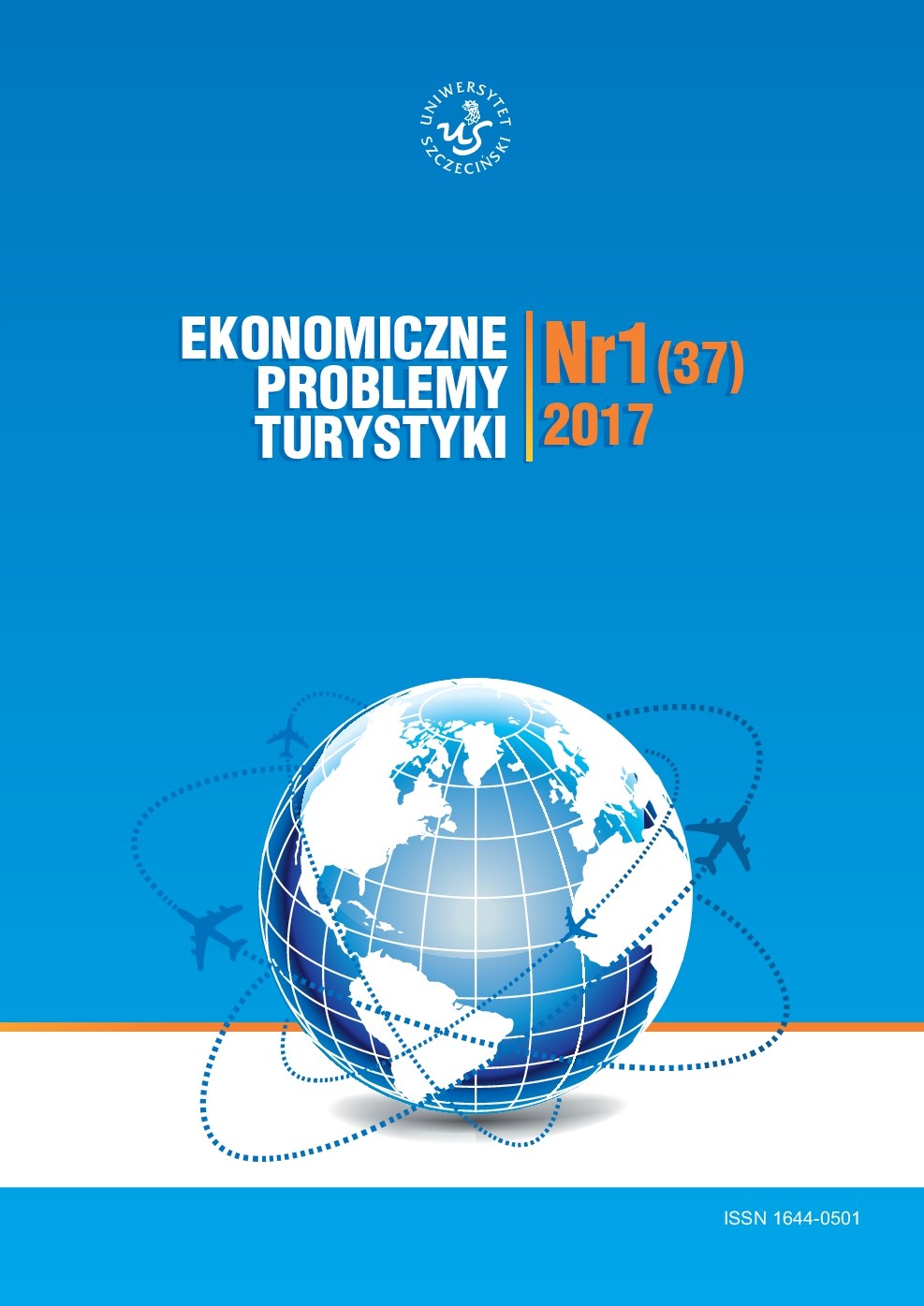Zagospodarowanie turystyczno-rekreacyjne geostanowisk. Teoria i praktyka
Tourist and Recreational Facilities of Geosites. Theory and Practice
Author(s): Andrzej Sławomir KowalczykSubject(s): Economy, Tourism
Published by: Wydawnictwo Naukowe Uniwersytetu Szczecińskiego
Keywords: geoturism; geosite; Namibia; tourist facilities; territorial recreational systems
Summary/Abstract: The term geotourism means a kind of tourism that specifically focuses on geology and geomorphology. It promotes tourism to so-called geosites and the conservation of geo-diversity. These are achieved through visits to geological and geomorphological features, use of geo-trails (sometimes on guided tours) and view points, and geosite visitor centers. As it was mentioned above, one of the fundamental terms in geotourism context is term „geosite”. Geosite is defined as part of geosphere that presents a particular importance for the Earth history from geological perspective or a landform which represents the specific aspects of the relief determined by the morphogenetic processes and the geological sublayer. For geosites as a tourist attractions very important are different service facilities – not only in-situ but in sourroundings too. The main topic of article is a organization of tourist infrastructure in and around two important geosites in Namibia – Twyfelfontein/Ui-//aes World Heritage Site and Burnt Mountains National Heritage Site (which in fact has two geosites: Organ Pipes and Burnt Mountains). Both geosites are located in the north western part of Namibia. The inventory provided in early 2016 shows that there are many tourist facilities in the region Twyfelfontein/Ui-//aes World Heritage Site – Burnt Mountains National Heritage Site. There are hotels, campings, roads, airstrips as well as other facilities (as ethnographic museum). The methodology used for study and analysis area of Twyfelfontein/Ui-//aes World Heritage Site – Burnt Mountains National Heritage Site was the territorial recreational systems approach (TRS) which includes five main sub-systems: 1) tourists; 2) natural and cultural tourist resources; 3) technical infrastructure; 4) staff employed in tourist facilities, and 5) institutions responsible for tourism sector.
Journal: Ekonomiczne Problemy Turystyki
- Issue Year: 37/2017
- Issue No: 1
- Page Range: 17-37
- Page Count: 21
- Language: Polish

